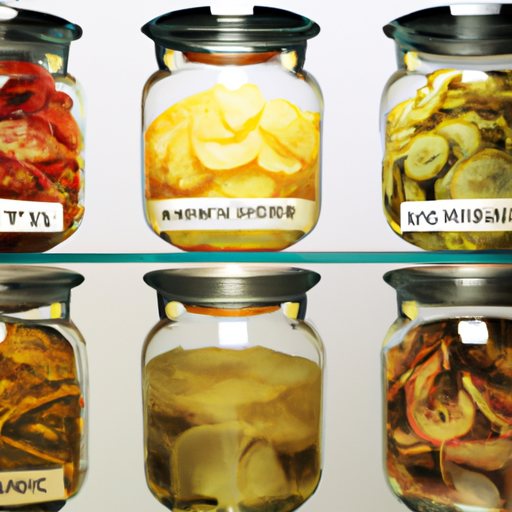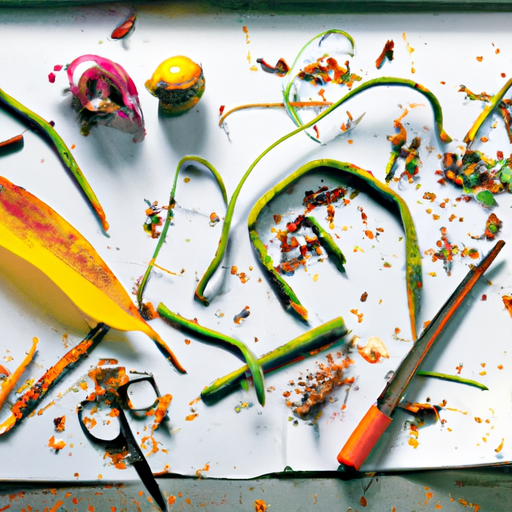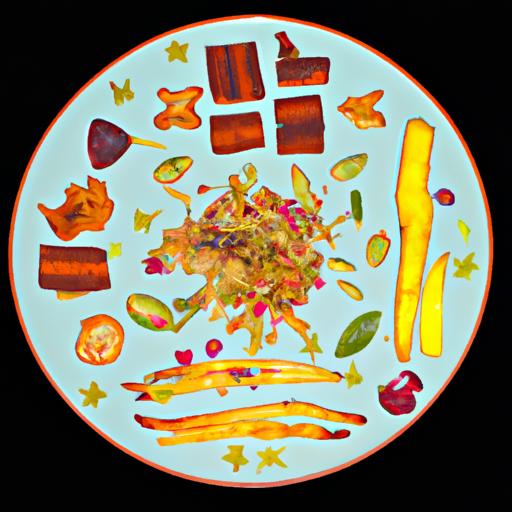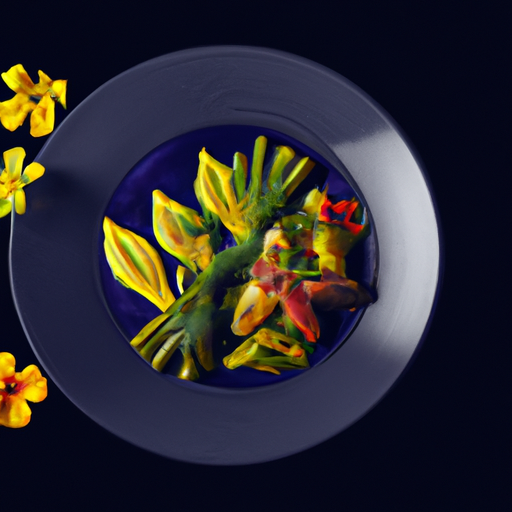Explore innovative techniques for utilizing every part of ingredients in professional and home kitchens. Discover how top chefs are turning traditional food waste into delicious and nutritious dishes. Learn practical methods for implementing zero-waste cooking principles in your daily meal preparation.

The zero-waste cooking movement is revolutionizing how we think about food preparation, challenging traditional notions of what constitutes usable ingredients. This paradigm shift is not just about environmental responsibility – it's about discovering new flavors, textures, and culinary possibilities that have been overlooked for generations.
At its heart, zero-waste cooking is about understanding the full potential of every ingredient that enters our kitchens. Vegetable tops and stems, fruit peels, meat trimmings, and even coffee grounds are being reimagined as valuable ingredients rather than waste. This approach not only reduces environmental impact but often leads to more interesting and complex dishes.
One of the fundamental principles of zero-waste cooking is proper planning and storage. Professional kitchens are implementing sophisticated inventory systems that track ingredients from arrival to final use. This includes maintaining detailed logs of perishable items and creating menu items that utilize ingredients at various stages of freshness.
Vegetable scraps that were once destined for the compost bin are now being transformed into flavorful broths and stocks. Carrot tops become vibrant pestos, mushroom stems are dried and ground into umami-rich powders, and citrus peels are candied or transformed into aromatic oils. These techniques not only reduce waste but often create ingredients that are more flavorful than their traditional counterparts.
The nose-to-tail approach in meat preparation has expanded to include what some call "root-to-stem" cooking with vegetables. Every part of the plant is considered for its culinary potential. Broccoli stems are transformed into slaws or pickles, tough greens are braised until tender, and herb stems are incorporated into marinades and sauces.
Preservation techniques play a crucial role in zero-waste cooking. Fermentation, dehydration, and pickling extend the life of ingredients while creating new flavor profiles. These methods allow kitchens to manage seasonal abundance and create unique pantry items that can be used throughout the year.
Education and training have become essential components of the zero-waste movement. Chefs are learning new techniques for utilizing traditionally discarded items, while also training their staff to recognize the potential in every ingredient. This knowledge is gradually filtering down to home cooks through workshops, cookbooks, and online resources.
The economic benefits of zero-waste cooking are significant. By utilizing more of each ingredient, kitchens can reduce their food costs while potentially creating new revenue streams through value-added products. What might have been composted can now become a profitable component of the menu.
Technology is playing an increasingly important role in zero-waste efforts. Smart storage systems, inventory management software, and precision cooking equipment help kitchens optimize their ingredient use and reduce spoilage. These tools make it easier to implement and maintain zero-waste practices at scale.
The creative possibilities of zero-waste cooking continue to expand as chefs experiment with new techniques. Vegetable pulp from juicing becomes the base for crackers or flatbreads, fish bones are transformed into crispy garnishes, and coffee grounds are incorporated into desserts or used as flavor enhancers.
The movement has also sparked innovation in packaging and storage solutions. Reusable containers, beeswax wraps, and biodegradable materials are becoming standard in both professional and home kitchens. These changes support the broader goals of waste reduction while often improving ingredient preservation.
As awareness of food waste issues grows, zero-waste cooking is moving from a niche concern to a mainstream practice. Restaurants are proudly advertising their waste reduction efforts, and consumers are increasingly seeking out establishments that prioritize sustainability.
The future of zero-waste cooking looks promising, with continued innovation in techniques and technology. As more chefs and home cooks embrace these principles, we're likely to see even more creative solutions for utilizing every part of our ingredients. This evolution in cooking practices represents not just a trend, but a necessary shift in how we value and use our food resources.



